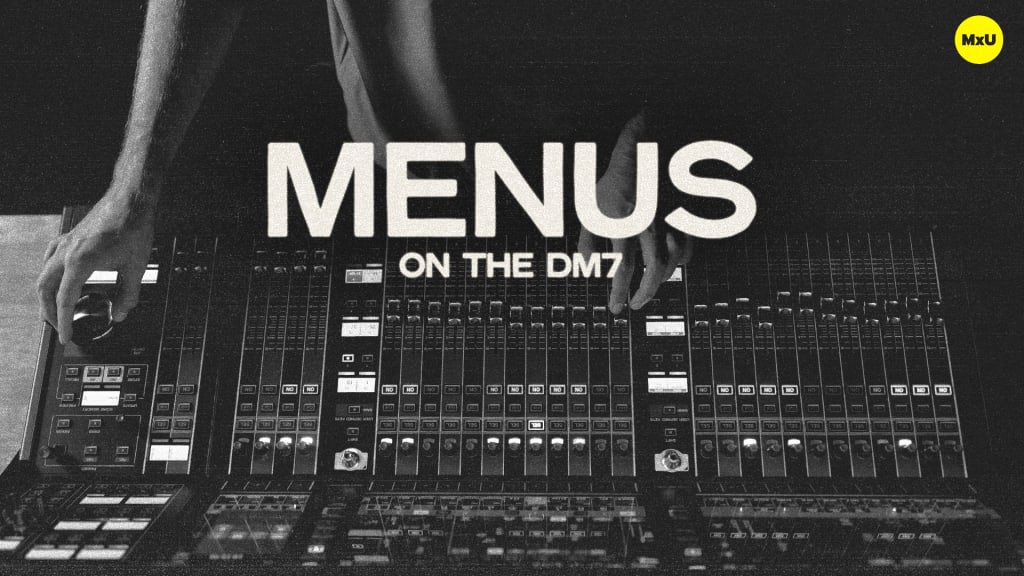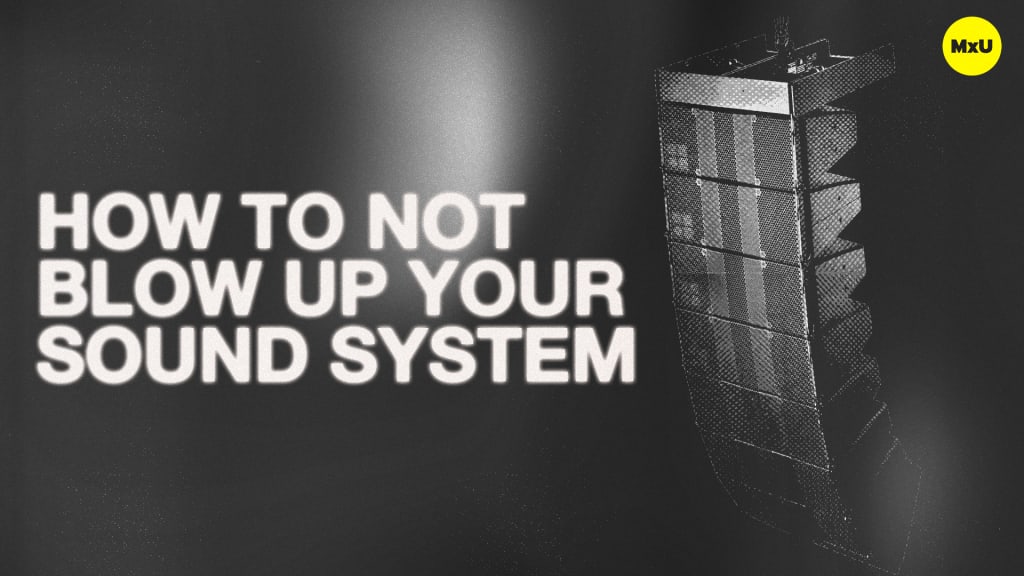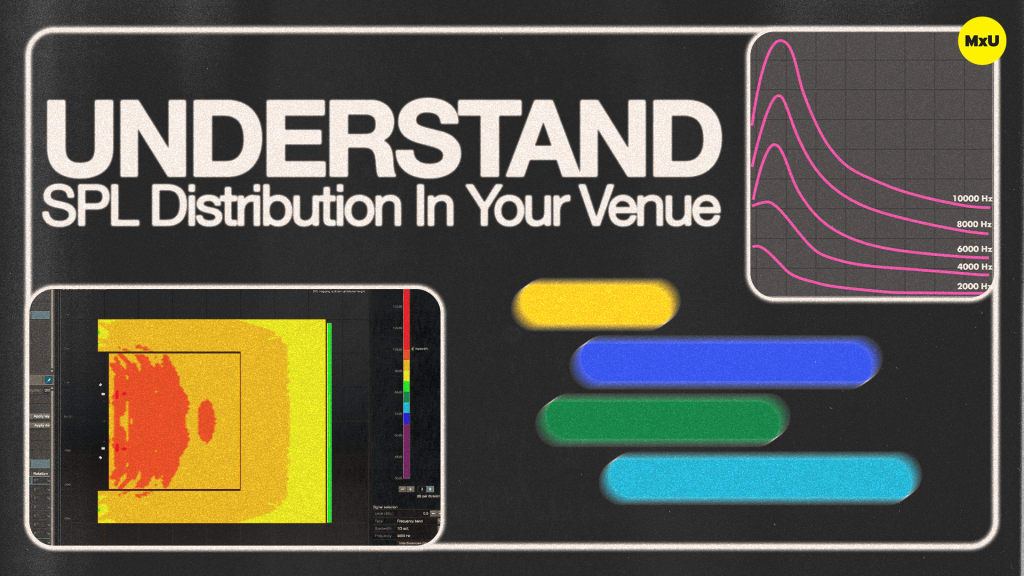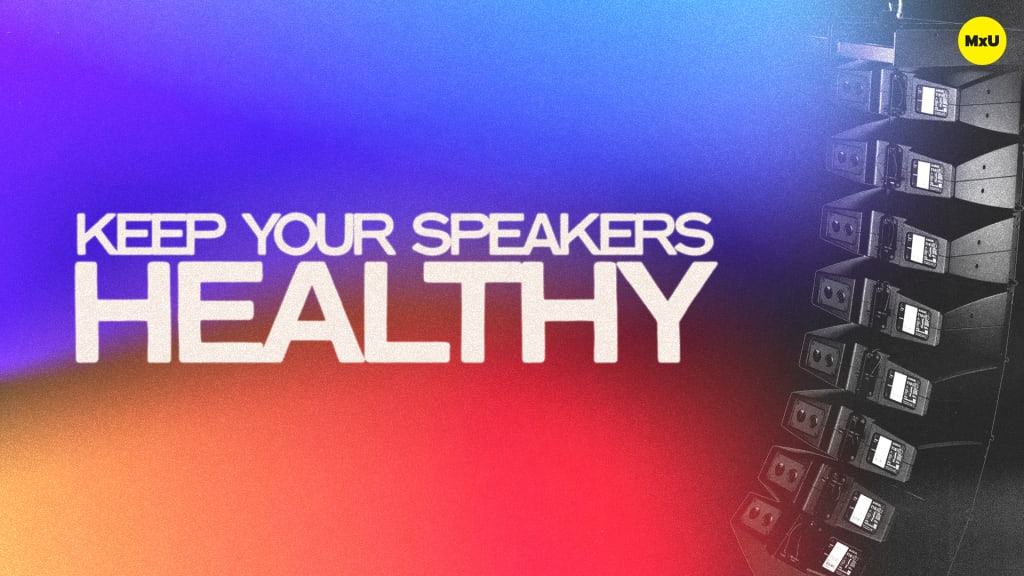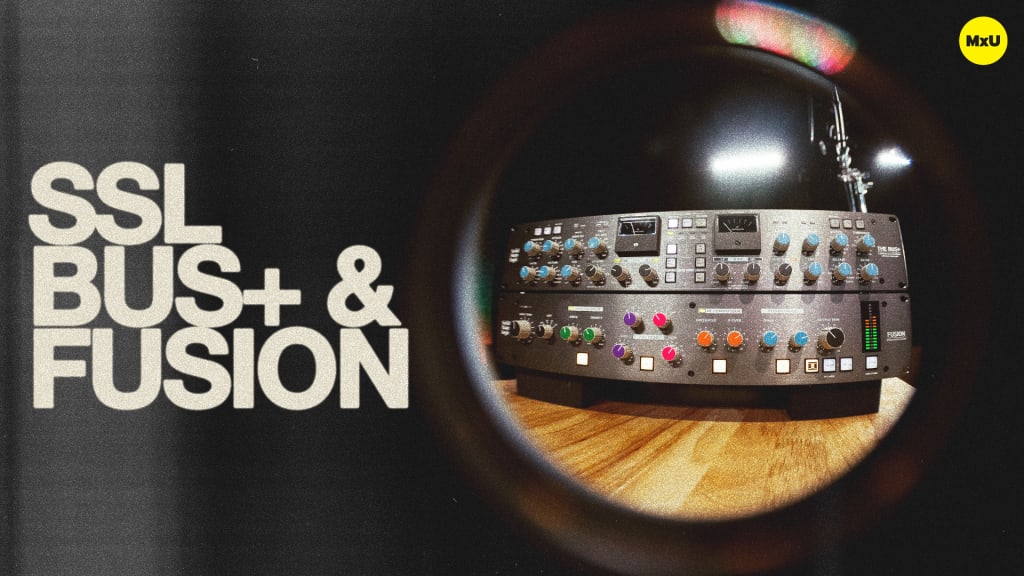Yamaha DM7 Console Overview
No actions available
Jeff Sandstrom from MxU and Russ Long from Yamaha take a look at their newest console, the DM7. Gain an in-depth overview of the DM7’s features, capabilities, and enhancements for your mix.
Key Points:
- The Yamaha DM7 has a compact size, but an extensive feature set, making it a significant leap forward from previous models.
- The DM7 comes in a few different models, but the main ones discussed are the DM7 and DM7C. The DM7 features 120 inputs, while the DM7C offers 72 inputs.
- The console has 48 mix outputs, 12 matrix outputs, 2 stereo outputs, and 2 Q outputs.
- The built-in I/O connectivity of the DM7 includes 32 physical inputs and 16 physical outputs. Connectivity to external racks and outputs is also available through Dante.
- The DM7 has a focus on digital I/O, including AES I/O, and comprehensive Dante integration, allowing for connectivity with Yamaha and third-party Dante devices.
- The console has expansion capabilities with a card slot for PY cards, USB-C ports for audio I/O into a computer, and its ability to interface with VST rack for plugins.
- DAW remote control capability, supporting Huey protocol and Steinberg control, allows the console to interface with various DAWs for recording and mixing.
- Split mode allows the console to function as two independent consoles, ideal for environments where both FOH and monitor mixes are needed.
Courses
Categories
Audio
201
Team Videos
Premium Videos
Nothing added

